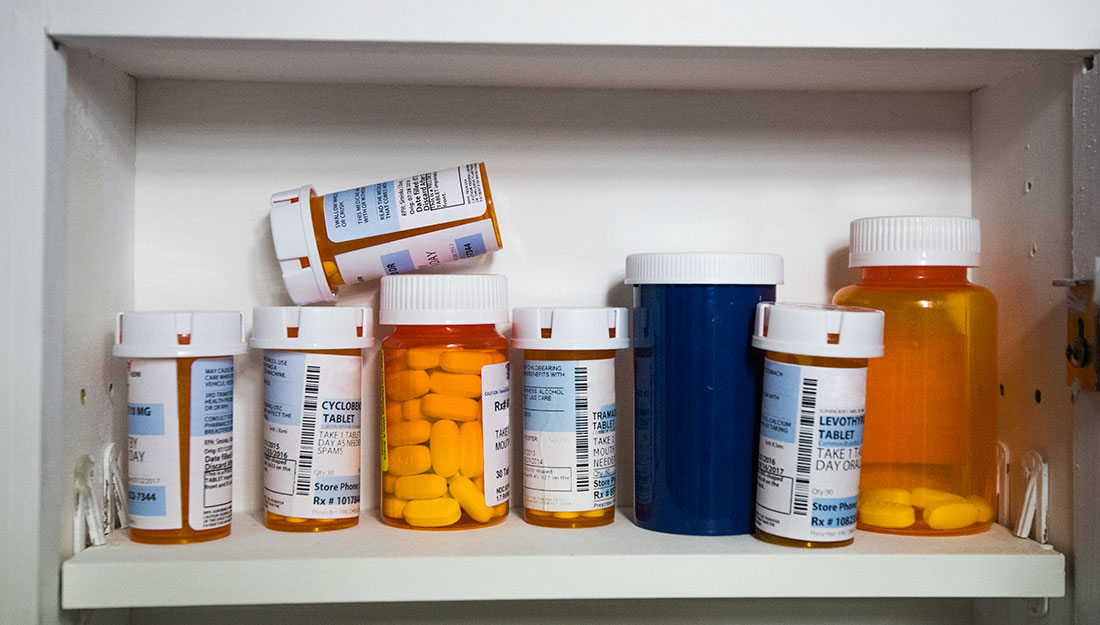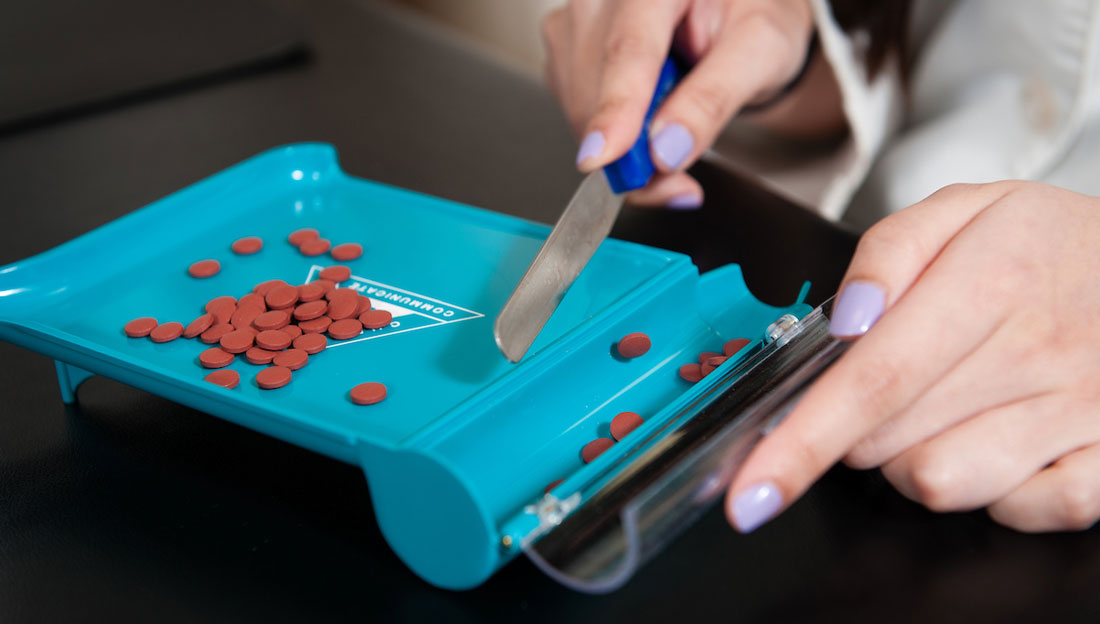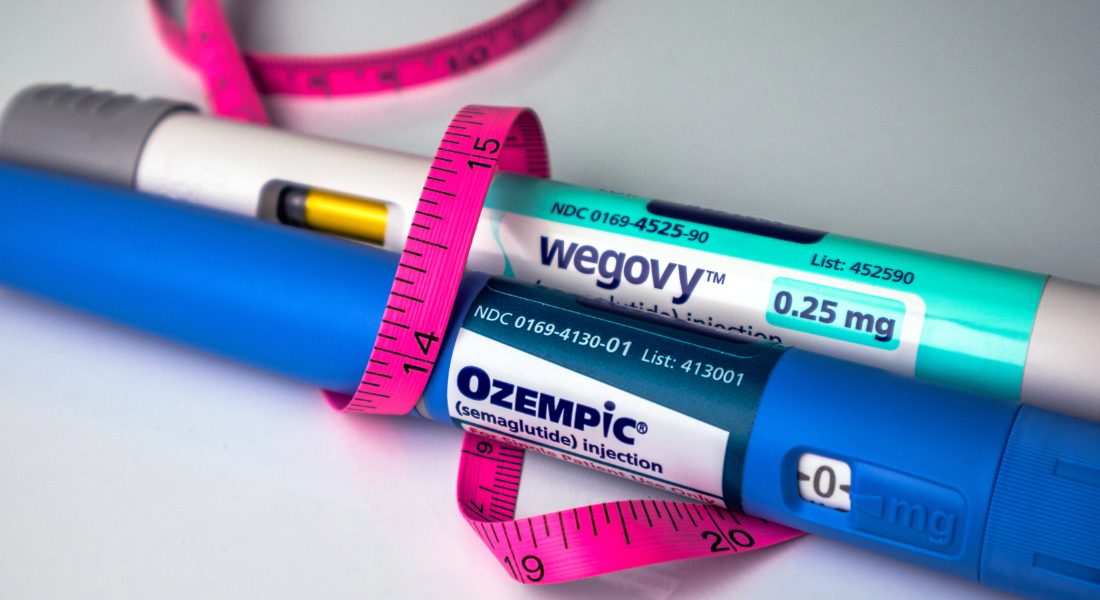Drug stability: How storage conditions affect their performance

Most people know that drugs can lose some of their potency over time, but what is less understood is that the substances that remain as the drugs break down can actually be harmful.
Mansoor Khan, RPh, PhD, professor and vice dean of the Texas A&M Irma Lerma Rangel College of Pharmacy College Station campus, who came to the college with extensive Food and Drug Administration (FDA) experience as director of product quality research, breaks down what happens.
For most pharmaceutical products, the United States Pharmacopeia requires that drugs retain 90 percent or more of their potency at their expiration date. “So, if you have 200 mg of ibuprofen, for example, the pill must contain at least 180 mg at its expiration date. But what happens to the other 20 mg?” Khan asked. “It is either lost during processing or degrades to form impurities.” A review of FDA product recall data between 2007 and 2012 indicated that 400 lots of drug products have been recalled for drug degradation, potency and presence of impurities, crystals or foreign particles.
READ MORE: Why people aren’t taking their prescription medications
Several degradation products aren’t the inert, harmless substances many people believe them to be—in fact, they can cause adverse events, cancer, or other problems in some cases.
More than just chemical stability
Alarming as these degradation products are, there is also the physical stability of the drug to consider. This means the drug shouldn’t smell bad, taste bad, change its color or texture, or show any other signs of breaking down. Aside from just being unappealing, these changes may indicate the medication is no longer as effective as it should be. For example, some drug products work by having a certain viscosity, and that viscosity has to be maintained over time or the drug will be ineffective.
Furthermore, today’s nano-products—like those Texas A&M University Health Science Center researchers are working on for treating cystic fibrosis and cancer—work by reducing the particle size. “The whole premise of these nanoparticles is that with their reduced sizes and enormous surface areas, they can better reach specific target cells. The problem is that the particles tend to clump together over time,” Khan said. “Especially for nanomaterials, agglomeration is a huge problem. Therefore, the particle size needs to be controlled throughout their shelf-life.”
Testing for stability
Generic drugs must show that they have the same active ingredients as that of the approved brand name drug, but often have different excipient and manufacturing processes. “When you get a brand product, you know it undergoes extensive clinical testing,” Khan said, “but generic products may not have been through quite the same process, and it can be difficult to match all of the properties of certain brand products.”
In order to keep the generic drugs affordable, the FDA can’t require the often small companies creating the generic products to run the same level of testing that was done with the original pharmaceutical.
Real life situations may sometime demonstrate issues with the stability of a drug product. A drug for thyroid issues has proven especially problematic, not only due to its lack of good stability, but also because it can cause major changes in the body’s response with only very small differences in the amount of medication. For example, the data shows more than 70 recalls for levothyroxine products (a thyroid drug) between 2007 and 2012.
Khan sees this as a good example of why physicians need to communicate with pharmacists when they run into this sort of situation. “When a medication doesn’t work, it is important that physicians think about drug quality and stability before automatically changing the medication or dramatically altering the dose of a product,” he said.
“That’s one thing I really worry about in Texas,” Khan added. “We have huge temperature and humidity variations, so how can we ensure the product is really stable under all of these real-time storage and use conditions?”
High temperature and humidity are often used to accelerate the “aging” of pharmaceuticals so companies can “estimate” their potency for two years through only six months of studies in accelerated storage conditions.
Stability tests are done with the drug in the original container, which may have desiccants to absorb moisture, be opaque to avoid the effects of light and have other properties to help keep the drugs stable. “Once the container is open, it can sometimes be compromised in real use conditions,” Khan said. “The tests on the medication outside of the original container have rarely been done.” Of course, in real life, the original container may be opened in the pharmacy when the pharmacist dispenses the first prescription. However, if that drug isn’t in high demand, it may be months before the last pill is dispensed.
Sometimes pharmaceuticals that are technically expired are actually still perfectly fine, but it takes sophisticated lab tests to find out. The FDA has a shelf life extension program to test drugs stored in stockpiles for emergency use—drugs that are worth as much as $1 billion are salvaged every year. “We don’t have to throw out perfectly good drugs in strategic national stockpiles stored in a controlled environment and original packaging, so they’re tested every so often and confirmed that they’re okay, physically and chemically.”
What patients can do
Aside from the obvious—not using drugs after their expiration dates—avoid storing prescriptions in the bathroom medicine cabinet. The humid conditions of the bathroom speed up the degradation process, so Khan recommends that people keep their medications in a cool, dark and (above all) dry place, like the pantry.
If the drug is coming from a mail order pharmacy, pick it up right away and don’t let it sit in a hot (or cold) mailbox any longer than necessary.
When drugs aren’t achieving the expected results, patients should talk to their health care providers about the possibility that it may be a problem with the drug itself, not their response to it. People should be especially careful with compounded products, like when a pharmacist crushes a drug and makes it into a liquid for children to swallow, as these may not be as stable as the original drug from which they were made. “The stability tests for these compounded drugs are rare,” Khan said.
What’s next
The College of Pharmacy hopes to have facilities running by next year to test drugs for efficacy when requested by pharmacists throughout the state. “We’re here to serve, and at least we can find out if there are issues,” Khan said.
3D printing may also help to alleviate some drug breakdown problems in the future because the pills can be created right when the patient needs them.
In the meantime, though, patients need to look for the expiration dates on their medications and be mindful of how they’re stored.
“A lot of drugs are stable for longer than the given expiration date,” Khan said. “but the problem is that there are a few that degrade quickly and that can cause a lot of harm.”
Media contact: media@tamu.edu


